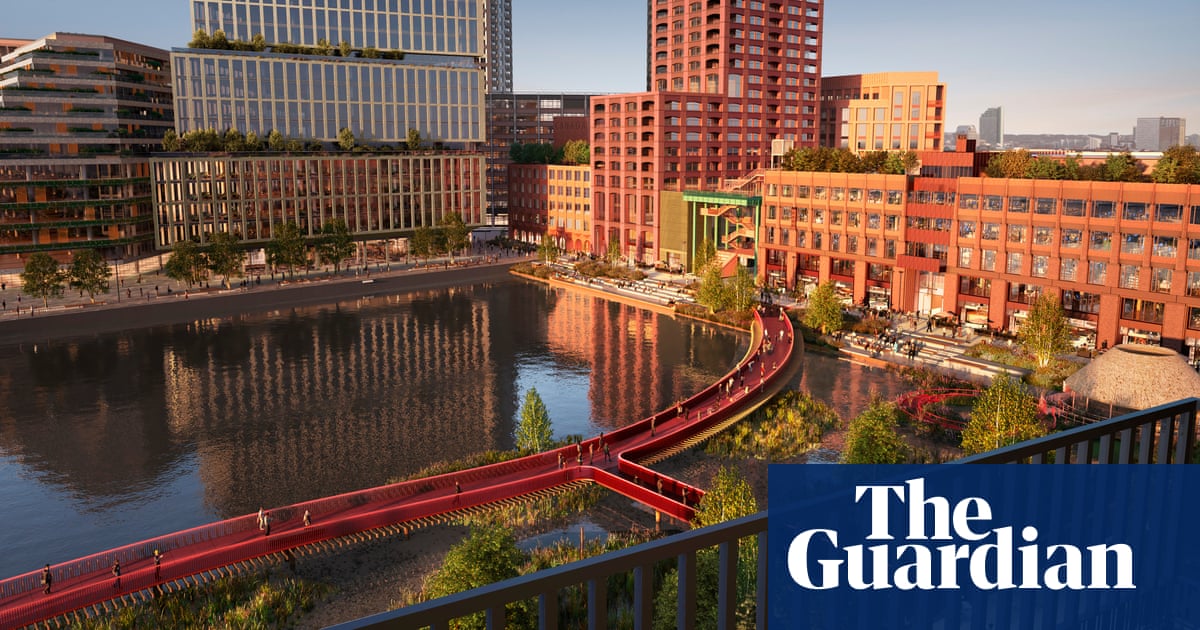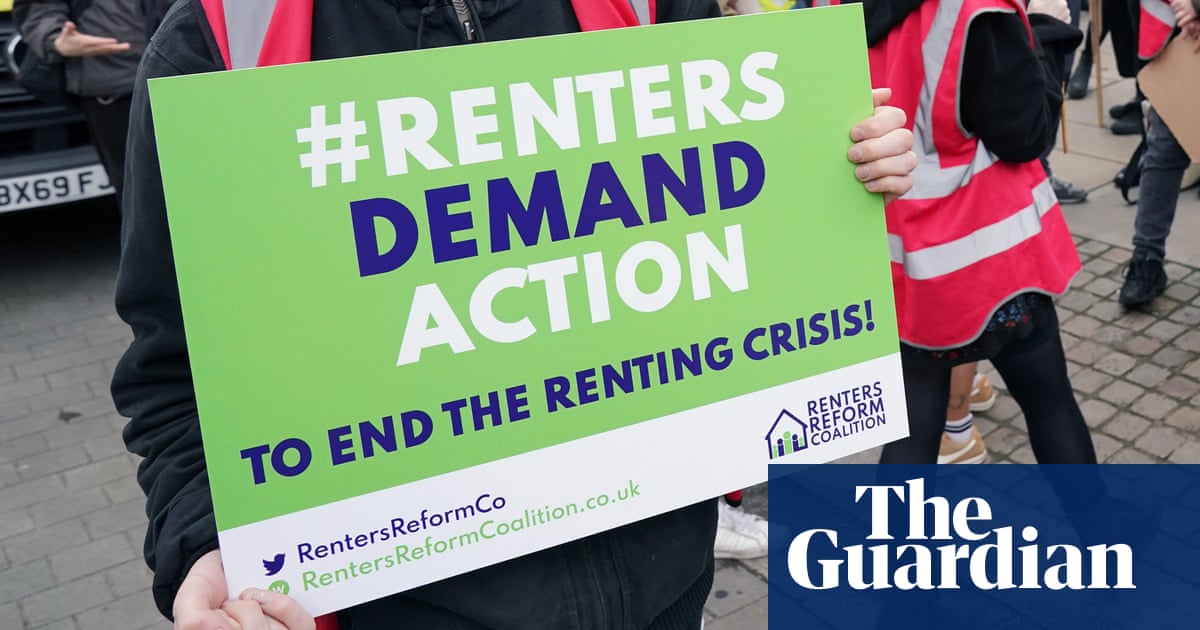
Just south of a bend in the Thames, a tower block is rising out of the ground, surrounded by several cranes and construction workers. So far, so standard for the capital’s never-ending development and redevelopment.
However, this block of flats is one of the first buildings being constructed at Rotherhithe, for Canada Water, a new London neighbourhood.
The FTSE 100 London-focused property developer British Land has a master development agreement with the local council, Southwark, to deliver a new, mixed use town centre.
The company’s huge Canada Water project covers 21.4 hectares (53 acres). On completion in approximately 10-15 years up to 3,000 new homes will have been built, 35% of which are described as affordable, as well as shops and office buildings, with space for 20,000 workers, as well as a life sciences complex, a new municipal leisure centre and a repurposed cultural hub.
“We don’t think there’s anything of a scale as this [development] other than King’s Cross,” says Emma Cariaga, the head of residential and the joint head of Canada Water at British Land.
The first homes in a residential building, The Founding, have just gone on sale in the £5.6bn regeneration scheme, which is a 50:50 joint venture between British Land and Australian pension fund Australian Super.
The core of the main tower currently stands at 20 storeys, but once it is completed and new residents can move in approximately 18 months’ time, the building will be 35 storeys tall and will contain 186 one-, two- and three-bed flats, all of which will have their own balcony.
As well as marking the beginning, The Founding is also named in reference to the timber which arrived here by ship from North America – hence Canada Docks – from the late 1870s onwards, used during London’s construction boom.
The former dock managers’ office has become a showroom for potential house buyers, where they visit full-size replicas of fashionably decorated one- and two-bed homes.
A quarter of the flats in The Founding are classed as “affordable” and available through shared ownership – where buyers buy a portion, such as 25% of a property, and pay rent on the rest – designed for first-time buyers with lower deposits.
However, most of the flats for sale come with a considerable price tag: starting at £700,000 for a one-bed, rising to just under £1m for a two-bed and about £2m for the few three-bedroom homes located on higher floors. Any prospective buyers will be required to pay a deposit of 10% to exchange contracts on the property, and the rest on completion once the building is finished.
Meanwhile, across the whole Canada Water scheme, a quarter of the new homes built will be available for social rent, allocated by Southwark council, while a further 10% of rental homes are described as being of “intermediate” cost for people such as key workers.
The Founding will have three roof terraces, but unlike many similar modern developments, will not boast a basement gym or swimming pool. Instead residents will be able to use the leisure centre being built right next door, which will be run by the council.
British Land says this will help homeowners avoid the high service charges required to cover the running cost of such amenities. Nor will these be for exclusive use by homeowners, as is the case with the controversial Sky Pool, the swimming pool suspended 10 storeys above ground at the luxury Embassy Gardens residential development at Nine Elms in south-west London.
There will, however, be a central water feature in the development as the current, uninspiring, Canada Dock will be significantly redesigned, through the addition of plants and wetlands for wildlife, and a curving red pedestrian bridge spanning the water.
“When dealing with new districts, the very nature of their scale and the fact that they mixed use makes them relevant, it makes them viable,” says Phil Hobley, the head of London offices at the estate agent Knight Frank. “They wouldn’t be if they were only one sector, if it was just residential or just commercial.”
Knight Frank, which has been appointed to advise British Land on the offices part of the development, believes the project demonstrates the improvement in commercial real estate in London since the upheaval unleashed by Liz Truss’s disastrous mini-budget last autumn. “I think we’re seeing sentiment start to improve,” he says.
Perhaps at odds with the development’s affordable homes provision, the new flats are being marketed for sale by the property adviser JLL on its Hong Kong website.
While British Land anticipates some overseas demand in The Founding, Cariaga says the company has “seen a surprisingly high interest from domestic buyers”.
“The reality is lots of central London developments have been and always will be attractive to a global audience,” she says.
She doesn’t believe the homes are at the “price point” of the capital’s multimillion-pound properties favoured by the global elite for investing their wealth.
British Land believes it has benefited from the scheme’s launch after the changes triggered by the pandemic, including the widespread adoption of more remote working, and residents’ new demands of their neighbourhoods, the so-called “15-minute city” model, designed for people to be within walking distance of local shops, leisure and services.
“We’ve got such a great opportunity here to respond to that,” says Cariaga, “rather than, assuming we had started this five years, having to try to retrofit it.”
This includes providing communal spaces in some residential buildings, allowing people to work from home without having to sit at a desk in their flat.
One challenge for British Land is changing the “perception” of Canada Water, a central, but previously overlooked, part of the capital. Located next to east London’s Canary Wharf financial district, the new development has the river and two sizeable parks at its boundary.
Currently, the area mostly consists mostly of low-rise housing and few amenities, although there are some large out-of-town-style retailers, which have huge surface car parks.
“We need to remind people where it is. Part of the job to do is to expose how well-connected it is,” says Cariaga, listing the district’s public transport links including a bus station, an overground station and the tube, which connects with the new Elizabeth line one stop away at Canary Wharf.
Younger Londoners are clearly a target for British Land, which hopes future residents will be able to live, shop and eat out in the neighbourhood, and maybe even work there. But the developer says it has already received interest from older prospective buyers looking to downsize but remain in the city centre.
The centrepiece of the new district will be the building currently known as the Printworks.
The distinctive, boxy structure, formerly known as Harmsworth Quays, was once owned by the Daily Mail and housed the newspaper’s printing press, before its more recent rejuvenation into a 5,000 capacity night club and event space.
The site will gain yet another lease of life once half of it is transformed into a cultural venue, where drama and dance performances can be held, while the other part will be turned into an office, intended to become a company headquarters.
London has experienced its fair share of much-heralded new developments in recent years, not all of which have been successful. The £1.7bn waterfront office development at Royal Albert Dock in east London by the Chinese developer ABP (Advanced Business Parks), approved by Boris Johnson during his time as mayor, stands uninhabited and only partially completed.
British Land – the developer behind the “Cheesegrater” skyscraper in the City of London as well as the redevelopment of “campuses” across the capital including at Paddington and next to Liverpool Street station – is betting on Canada Water having an altogether more successful ending.












